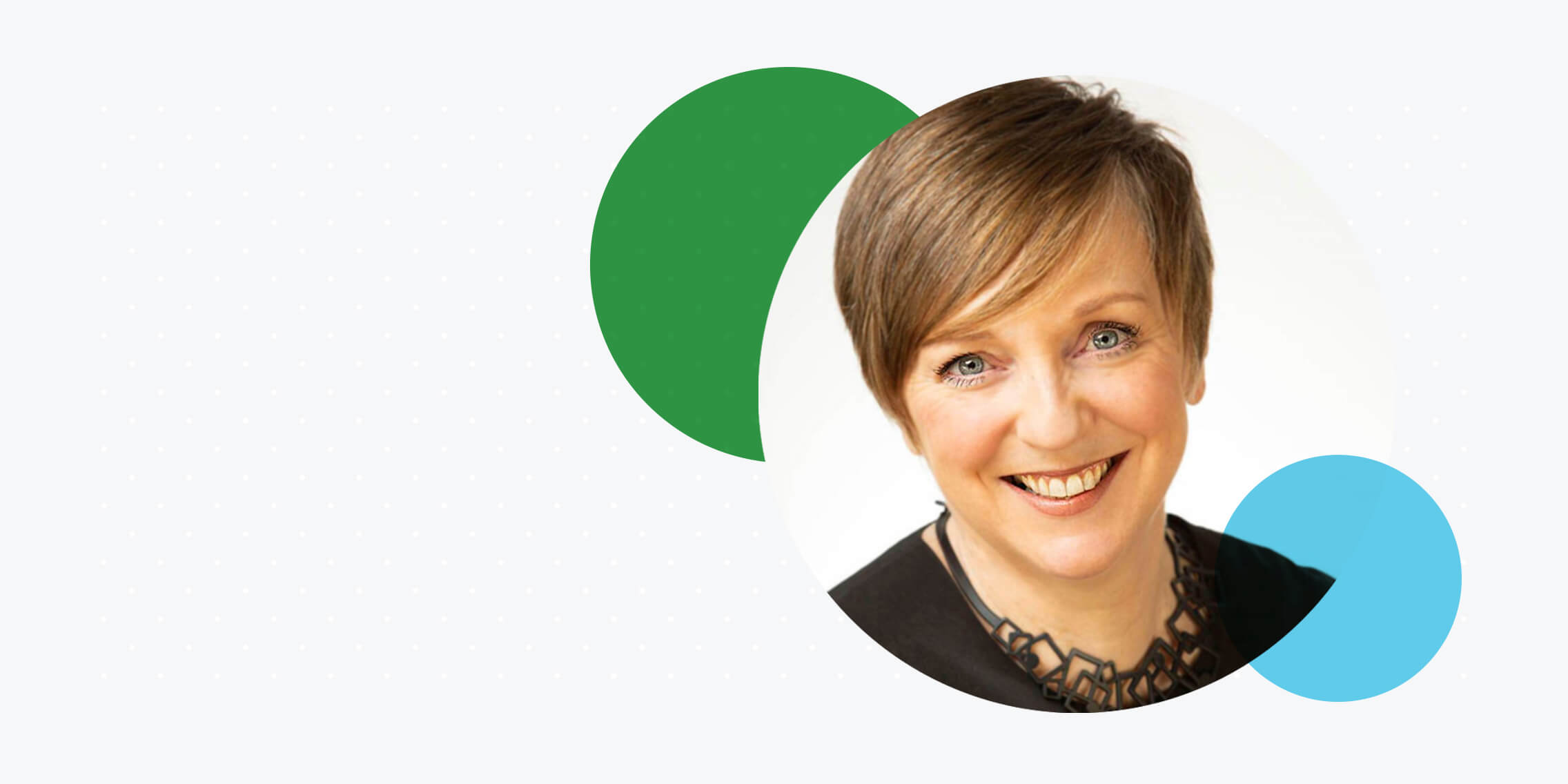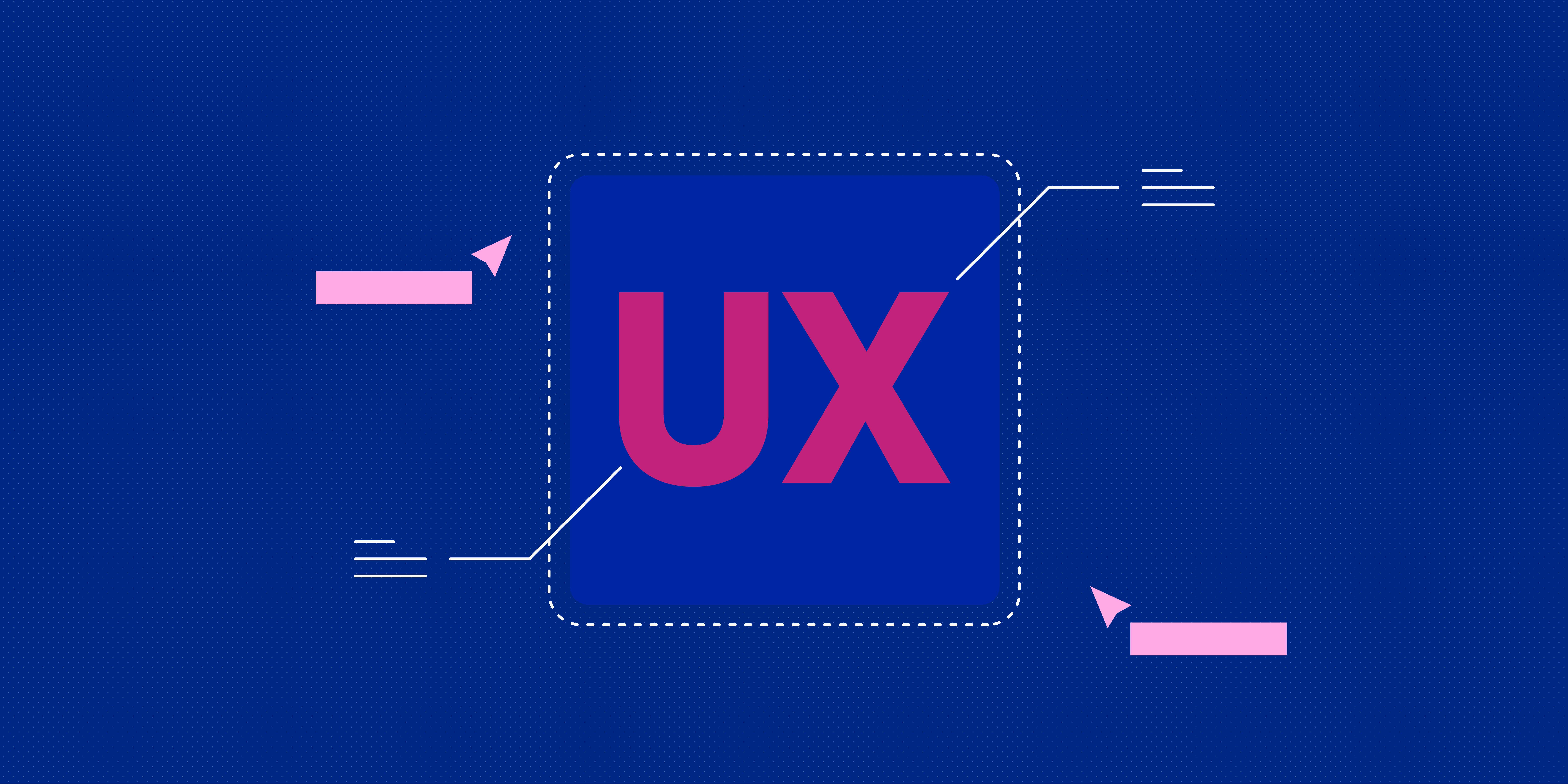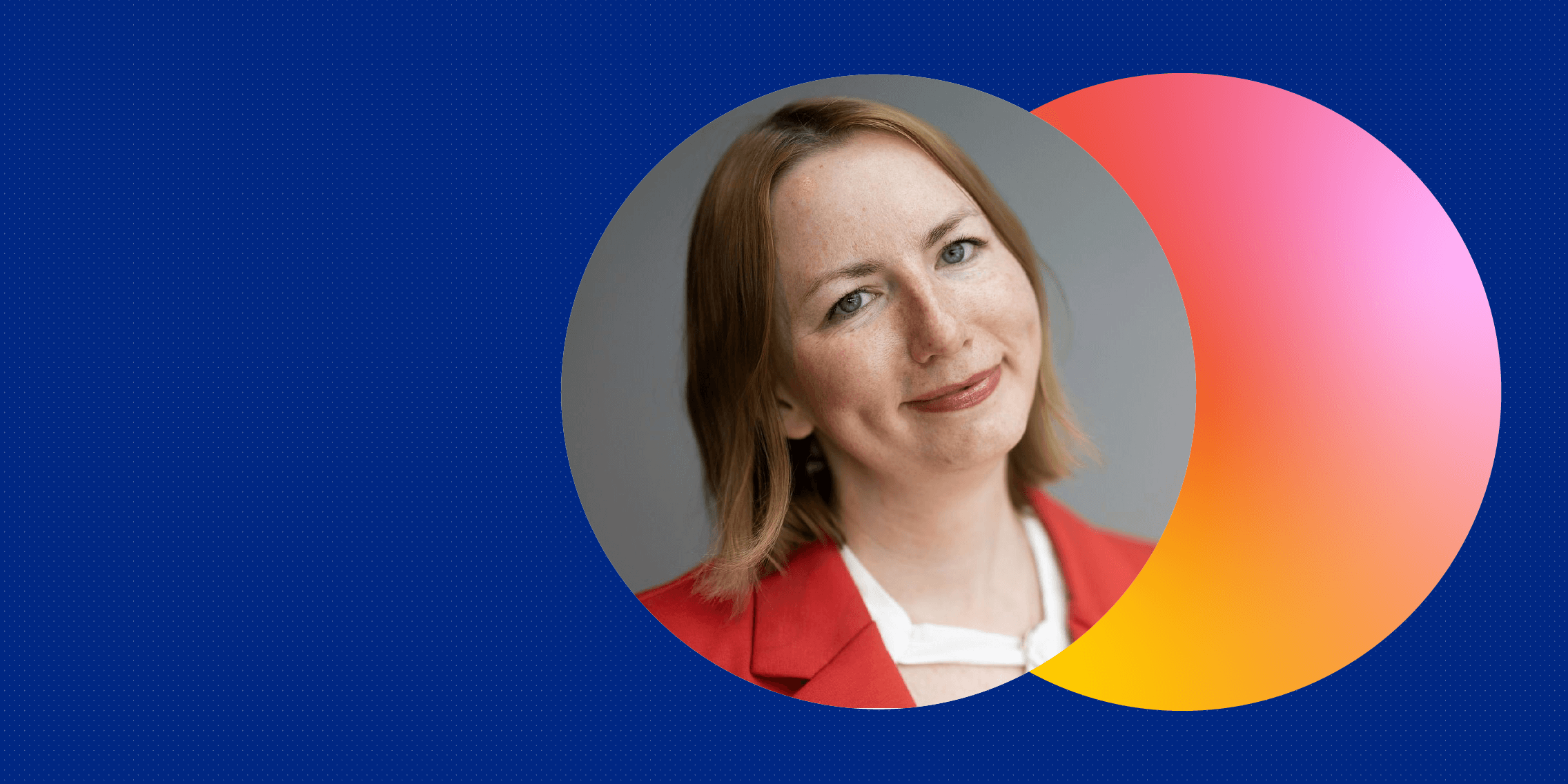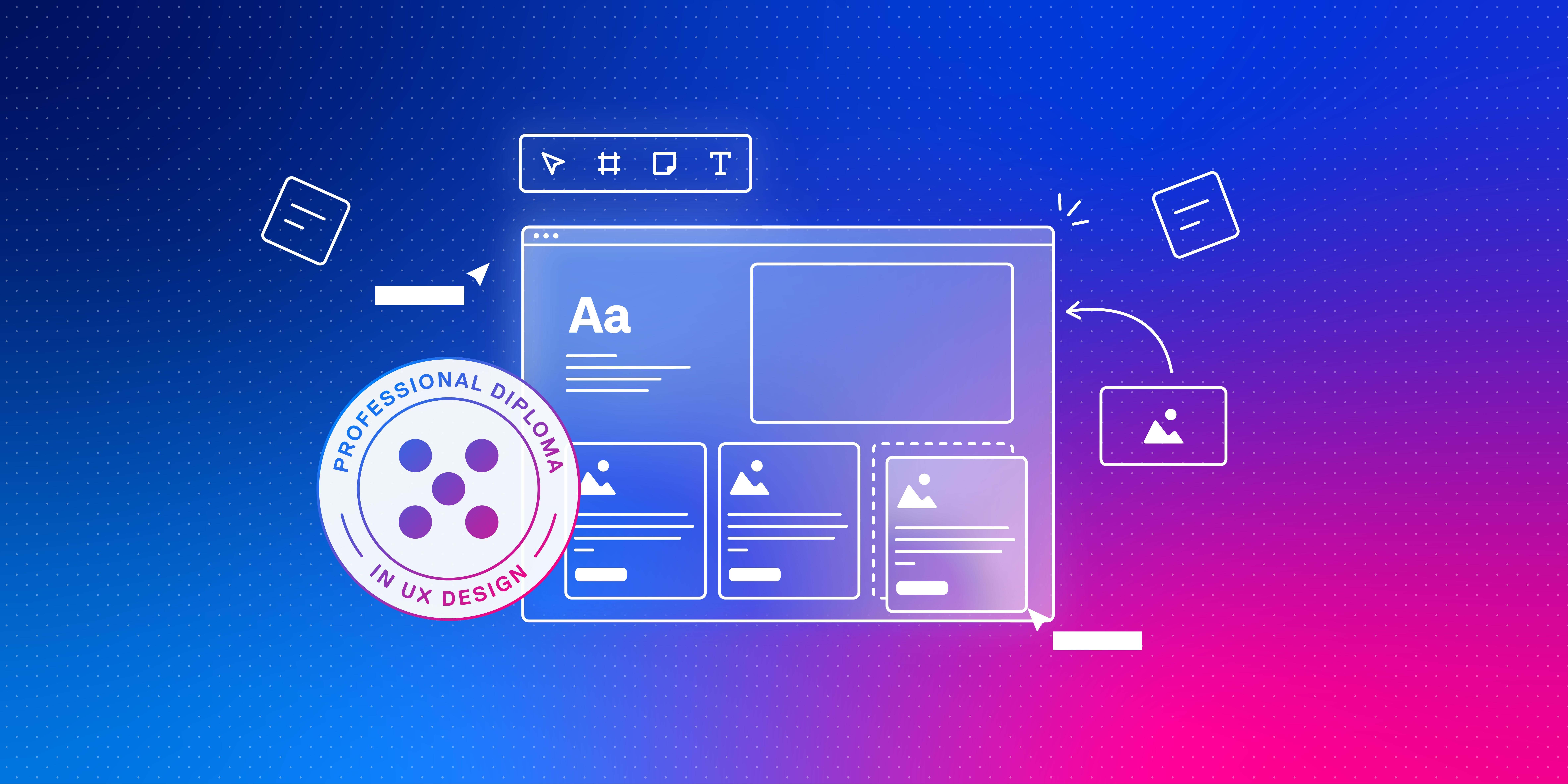What’s your background?
My original degree is fashion design, which I worked in for a while, and then I moved into community arts development, where I used creative methodologies to enable people to identify and make changes in their personal lives and communities. I did that for several years before retraining as a graphic designer and working in print and digital design for 15 years with an educational publishing company.
I completed the Professional Diploma in UX Design in September 2020, started applying for jobs in October 2020 and in February 2021, I landed a full-time UX/Product Designer role with Two-Ten Health working on Salud Dental, which is used by Dental University Hospitals all over the world.
What brought UX onto your radar?
When I was designing educational publications, I had to ensure complex content was presented in a way that was easy for students to absorb. I always kept the students in mind when I was designing because they were ultimately the end users. Without knowing it at the time, I was thinking like a UX designer.
Around 2017, I started looking at UX courses but they were mainly short bootcamps that wouldn’t have been enough to help me change careers.
After being made redundant in 2019, I did a Postgraduate course in Trinity College called Creative Thinking, Innovation and Entrepreneurship. There I learned more about UX through real life business projects and by the end of the course, I knew that I definitely wanted to become a UX designer.
How did you come across the UX Design Institute?
While in Trinity, I researched UX courses and luckily the UX Design Institute had started the six-month Professional Diploma in UX Design.
I really liked the idea that I could do it at my own pace and that it was university certified.
I started it on the 4th of March 2020, thinking I was going to be the only person who would be at home for six months… But, as it happened, everyone was at home for quite some time!
Was it daunting making the switch from graphic design to UX?
Although I had heard about UX for a long time, I didn’t completely understand what it was all about until I did the course in Trinity. I realised then that I had a lot of transferable skills and that I had the right mindset for UX design. From working in community development, I knew I liked working with people and listening to their needs.
As a graphic designer, I always designed with the end user in mind, so the switch wasn’t daunting at all. In fact, I thought “This is brilliant – it’s the perfect next step for me”.
How important is a portfolio in the job hunt?
After completing the Professional Diploma in UX in September 2020, I spent a month creating my portfolio before I started applying for jobs.
I put a lot of time into my portfolio and, while it was quite hard to do, it’s what got me job interviews despite not having much real world experience.
What sort of questions should you be prepared for in job interviews for UX positions?
Interviewers will ask about your background and how you got to the point where you’re interviewing for the UX role, so prepare a short biography that will tell your story in about five minutes. They will also ask you to talk through some of your portfolio so you need to get across how you have used the various UX research and UX design tasks to benefit the end user.
So instead of saying what you did, say why you did the tasks and what insights did they reveal that you could feed into making the product better for the user?
At what point in your career did you realise that you would need to upskill with a course like Software and Coding Fundamentals for UX?
I had been in my Product Designer role with Salud Dental for a couple of weeks and when I was collaborating with the software developers, I realised that I had very little knowledge about how they worked, the programmes they used and what they used them for. It was all new to me and I did my own online research to find out more. And then, as if by magic, the UX Design Institute got in touch with me because they were doing research for a new course on understanding software specifically for UX designers.
I jumped at the chance to participate on the first course and it was exactly what I needed.
Now if something software-related comes up that I don’t understand, I can refer to my course notes, which are my software reference library.
Have you been able to implement what you learned in the course at work?
I didn’t know what I didn’t know about software before doing the course, and everything I learned is relevant to my day-to-day work. The course helped me to build good working relationships with the developers and I’m now more confident collaborating with them.
How has the course helped with your day-to-day tasks?
The Front-End Technologies module was particularly useful for me because I learned in detail about responsive web design – like Bootstrap grid, Flex Layout, breakpoints – which led me to researching 8pt grid systems. As a result I was able to apply the Bootstrap and 8pt grid systems to the Patient Portal that I was working on.
By using these, I made the developers’ work easier once I handed over the design to be programmed.
Has Software and Coding Fundamentals for UX changed how you approach your portfolio?
It’s important to show my UX process in my portfolio case studies and now I can also show that when I design software, I incorporate systems like Angular Material UI Components, Bootstrap and 8pt grids that make developers jobs easier.
How have the UX Design Institute courses improved your confidence as a designer?
My confidence has completely improved. The software course knowledge means that when I’m designing new features and products I’m confident when having technical conversations with developers and also asking them to give me feedback.
As a result, I’m confident that what I produce is not just surface level – there’s actually a lot of depth to what I’m doing.
The UX design course was amazing. I learned so many new skills that I use constantly. I particularly like doing Usability Testing and I was able to introduce these as a valuable UX research tool in my current role. In-house stakeholders and clients and end-users alike could see the value that they added to the process of improving Salud Dental. I can’t say enough good things about the course since it enabled me to successfully change career direction in just six months!




